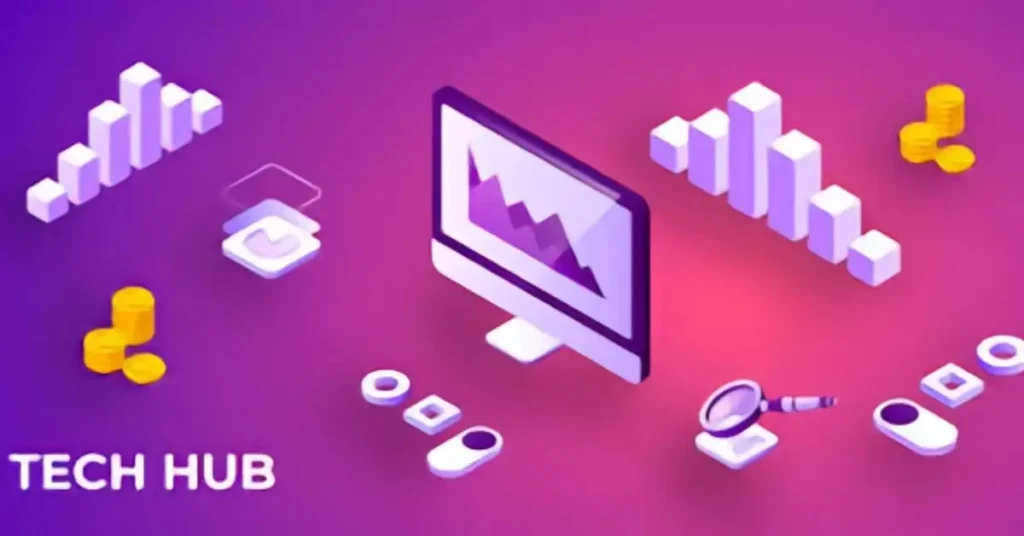Introduction
Welcome to StreamEast’s guide on how to leverage data analytics on Teach Hub! In today’s digital world, data plays a crucial role in improving educational TeachHub outcomes. Teach Hub offers powerful data analytics tools that help teachers understand student performance, tailor lessons to individual needs, and enhance overall learning experiences. In this blog post, we’ll explore how you can use these tools to make informed decisions, engage your students more effectively, and ensure everyone is on the path to success. Let’s dive into the world of data-driven teaching with Teach Hub!
What is How to Leverage Data Analytics on Teach Hub
Leveraging data analytics on Teach Hub involves using the platform’s built-in tools to collect, analyze, and interpret data from various student activities and assessments. These tools provide valuable insights into student performance, engagement, and learning progress. Here’s a breakdown of what leveraging data analytics on Teach Hub entails:
Data Collection:
Teach Hub gathers data from quizzes, assignments, participation rates, and other student activities.
This data is compiled into a central dashboard for easy access and analysis.
Data Analysis:
The platform uses advanced algorithms to identify patterns and trends in the collected data.
Educators can see which areas students excel in and where they may need additional support.
Data Interpretation:
Teach Hub presents data insights through visual reports and charts, making it easy for teachers to understand and act on the information.
These insights help teachers tailor their instruction to meet individual student needs.
Data-Driven Decision Making:
Educators can use the insights gained from data analytics to adjust their teaching strategies.
Personalized learning plans can be developed based on data findings to ensure that each student gets the necessary support.
Continuous Monitoring:
Regular use of data analytics allows for ongoing tracking of student progress.
Teachers can make real-time adjustments to their teaching methods to improve student outcomes continuously.
Why Leveraging Data Analytics on Teach Hub is Important
1. Enhancing Student Engagement:
Monitoring Engagement Levels:
Data analytics tools track student participation in various activities, helping teachers identify which methods are most effective in keeping students engaged.
Real-Time Feedback:
Teachers can use real-time data to adapt their teaching strategies, ensuring that students remain interested and motivated.
2. Personalizing Learning Experiences:
Identifying Individual Needs:
By analyzing data, teachers can pinpoint students’ strengths and weaknesses, allowing for tailored instruction that meets each student’s unique needs.
Customized Learning Paths:
Teach Hub’s analytics enable the creation of personalized learning plans, ensuring that every student progresses at their own pace and receives the support they need.
3. Improving Academic Performance:
Tracking Progress:
Continuous monitoring of student performance through data analytics helps set realistic goals and track their achievement.
Early Intervention:
Identifying struggling students early allows for timely intervention, preventing them from falling behind and improving overall academic performance.
4. Supporting Informed Decision-Making:
Data-Driven Insights:
Teachers can make informed decisions about their instructional strategies based on concrete data, leading to more effective teaching methods.
Resource Allocation:
Data analytics help in making informed decisions about resource allocation, ensuring that time and materials are used efficiently.
5. Streamlining Administrative Tasks:
Efficient Grading:
Automated data analysis simplifies grading, providing quick insights into student performance and saving teachers time.
Comprehensive Reporting:
Teach Hub’s analytics tools generate detailed reports, making it easy for teachers to communicate progress with students, parents, and administrators.
Common FAQs about Leveraging Data Analytics on Teach Hub
1. What is data analytics on Teach Hub?
: Data analytics on Teach Hub refers to the process of collecting, analyzing, and interpreting data from student activities and assessments to gain insights into their performance and learning progress.
2. How can data analytics benefit educators?
Data analytics helps educators track student engagement, identify learning gaps, personalize instruction, and make informed decisions to improve teaching effectiveness.
3. Is data analytics difficult to use for teachers who are not tech-savvy?
Teach Hub’s data analytics tools are designed to be user-friendly, with intuitive interfaces and support resources to help teachers navigate and utilize them effectively, regardless of their technical expertise.
4. Can data analytics help in identifying struggling students early?
Yes, data analytics allows teachers to identify struggling students by analyzing their performance trends and engagement levels, enabling timely intervention and support.
5. How does data analytics support personalized learning?
By analyzing student data, teachers can identify individual learning needs and preferences, create personalized learning paths, and adjust instruction to optimize learning outcomes for each student.
Conclusion
Data analytics on Teach Hub is a powerful tool that empowers educators to enhance teaching practices and improve student outcomes. By leveraging data insights, teachers can personalize learning experiences, identify and support struggling students early, and foster a more engaging classroom environment. With intuitive tools and comprehensive analytics, Teach Hub ensures that every educator can make informed decisions to optimize learning and prepare students for success.
Embrace the potential of data analytics on Teach Hub to transform your teaching approach and enrich the educational journey for all learners.
